Forced Separation of Panda Mother and Nursing Cub Triggered Emotional and Physical Trauma
The News
In 2017, the Smithsonian National Zoo forcibly separated a giant panda from her 18 month old cub so it could artificially inseminate her again. Since then, both mother and cub, who live in adjacent enclosures but cannot see each other, have displayed signs of anxiety, stress, and physical and emotional trauma. At four years old, the cub is now too old to be reunited with his mother, but advocates who fought for over two years to reunite them want the public to know about the needless suffering that these animals endured after the premature separation.
Background
On August 22, 2015, giant panda Mei Xiang gave birth to Bei Bei at the Smithsonian National Zoo after being artificially inseminated with sperm from the Zoo’s male panda. In spite of being held in captivity, mother and cub, Mei and Bei, appeared to be happy.
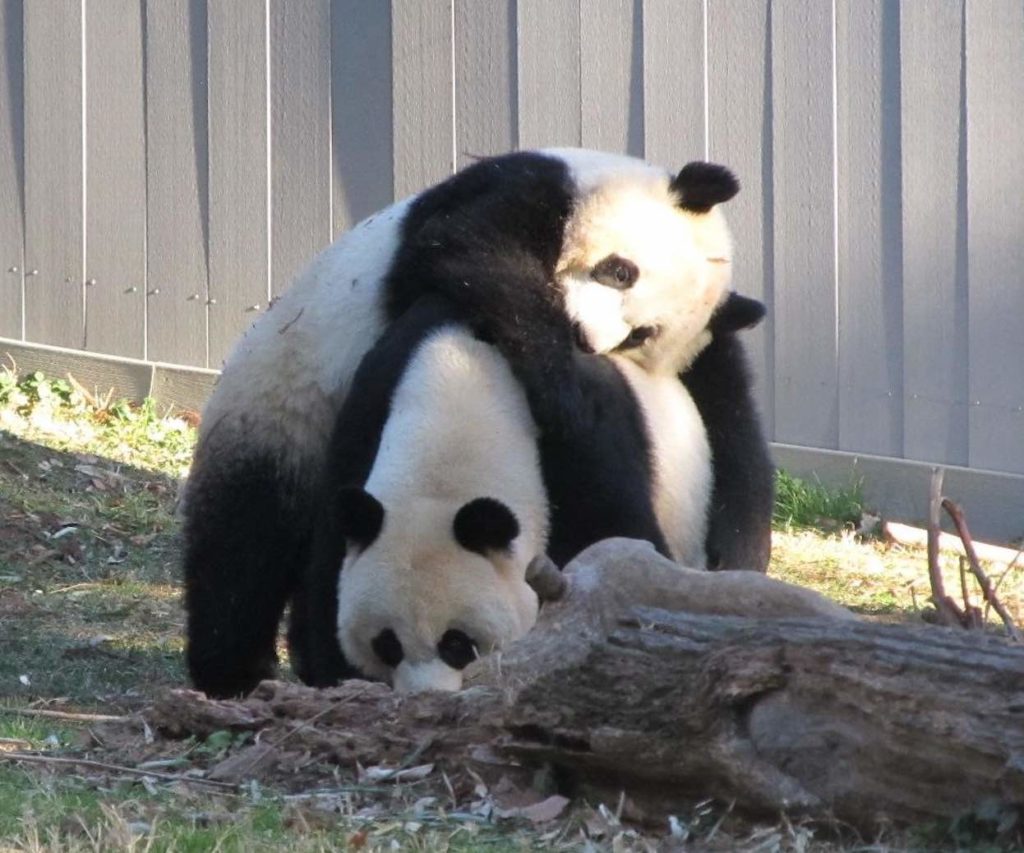
Giant panda Mei with her cub Bei before the Smithsonian National Zoo forcibly separated them in 2017
On February 28, 2017, the Zoo separated Mei and Bei while Bei and moved them into different enclosures. The Zoo executed the forced separation so that it could artificially inseminate Mei again.
“Smithsonian National Zoo officials have been motivated solely by the production of money-making panda cubs. If the welfare of the pandas was their priority, then they would have allowed Mei to raise her baby without interference,” said Michelle Schmitt-DeBonis, an advocate who has been speaking out on behalf of the pandas since their separation. “Zookeepers around the world are well aware of the anguish experienced by forcibly separated mothers and cubs, but they turn a blind eye to it in order to stay focused on the prize – a baby. It’s a real life version of the Handmaid’s Tale.”
Mei and Bei were separated when Bei was 1.5 years old. In the wild, a giant panda mother would typically separate from her cub when the cub is between two and 2.5 years old because pandas are solitary animals. Because Bei is now four years old, he would no longer be living with his mother in the wild. However, given their premature separation, the stressors of captivity, and Mei and Bei’s ongoing efforts to communicate, Schmitt-DeBonis and other advocates believe they should be given the opportunity to at least see each other, even if only through a window.
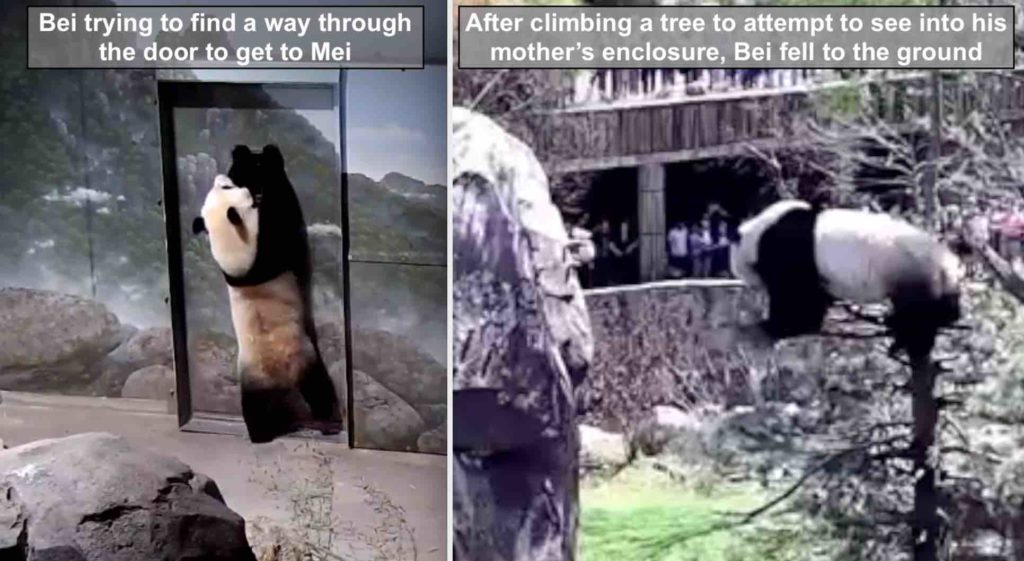
Bei Bei searches for his mother, Mei Xiang, at the Smithsonian National Zoo after a forced separation.
Since the forced separation, the Zoo has subjected Mei to three rounds of artificial insemination, in spite of how sick the procedures made her. Video footage shows Mei struggling to walk and crying out in pain while locked indoors for weeks at a time. On September 11, 2019, the Zoo announced that the most recent attempt to impregnate her failed. The story was covered in the Washington Post. On September 5, Psychology Today published an essay by veterinarian Dr. Kati Loeffler about the dark side of the captive panda breeding industry.
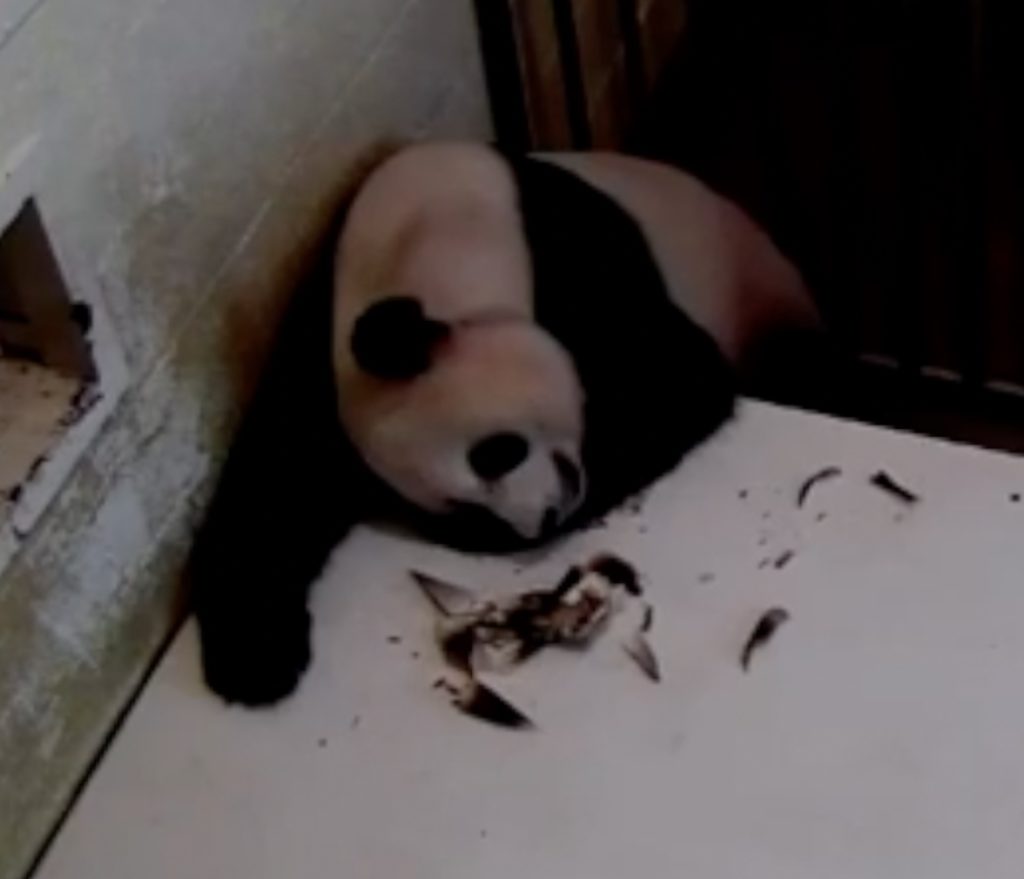
Mei has shown signs of sickness and great discomfort each time the zoo has artificially inseminated her.
“I’m frustrated that the Smithsonian National Zoo has brainwashed the public into believing that they are giving the pandas a good life when, in fact, they have subjected them to years of misery,” said Schmitt-DeBonis. “But, more importantly, I am heartbroken that everything the advocates tried to do to reduce the suffering of Mei and Bei failed, including the petition asking the Zoo to reunite them after their premature separation. The egregious mistreatment of mother and cub adds salt to the wounds of animals who should never have been bred for captivity in the first place.”
Your Turn
Please ask Dr. Steve Monfort, the Director of the Smithsonian National Zoo, to allow Mei and Bei to see each other through a window before Bei is sent to China on November 19th, 2019: monforts@si.edu, (202) 633-4442
Filed under: Entertainment
Tagged with: panda, zoo



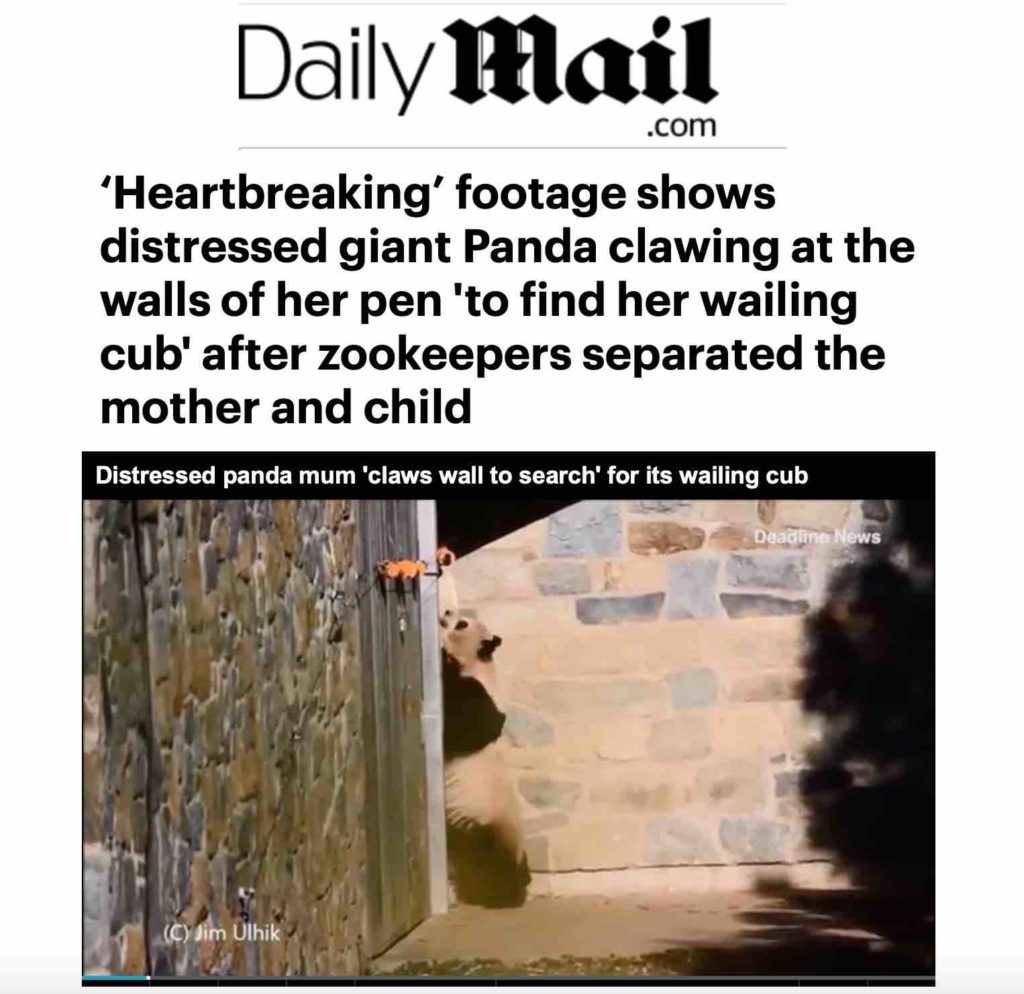
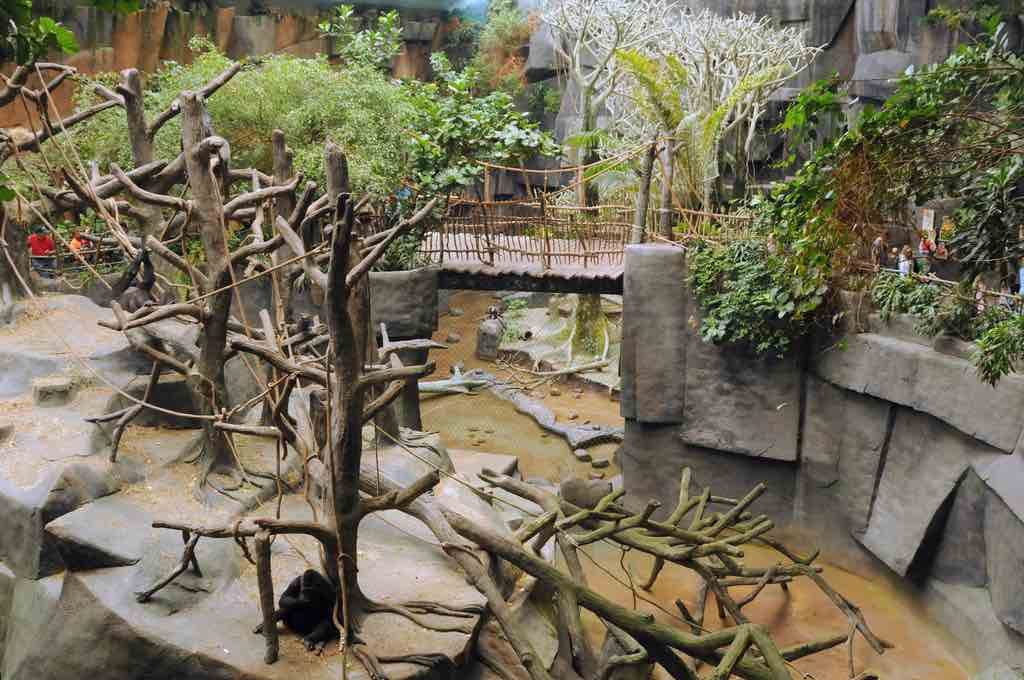
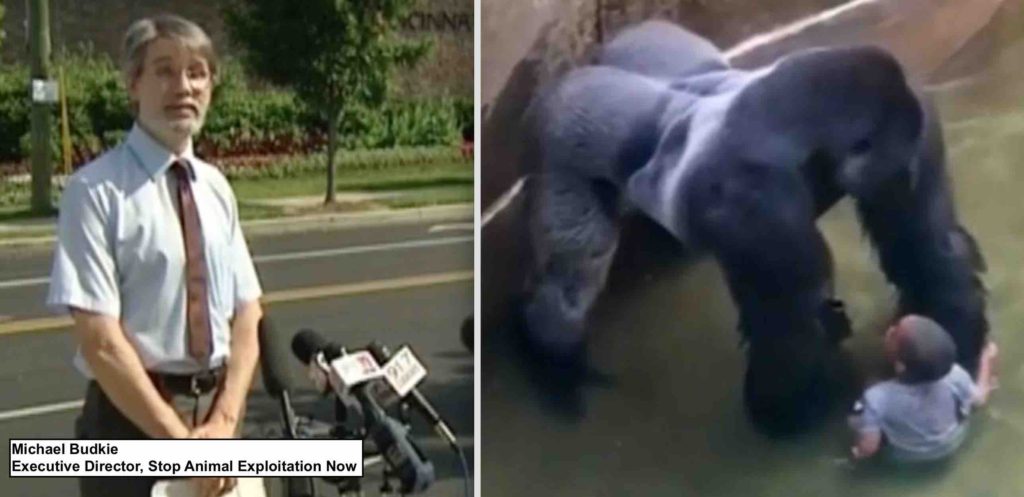
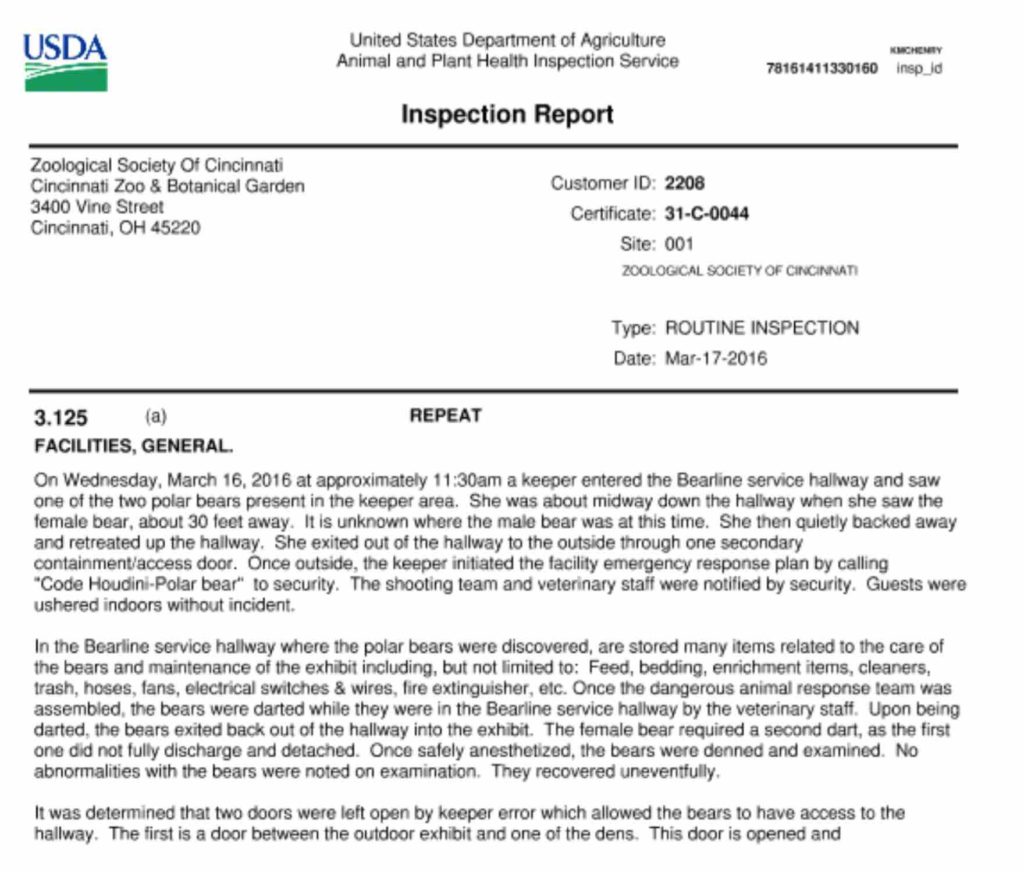
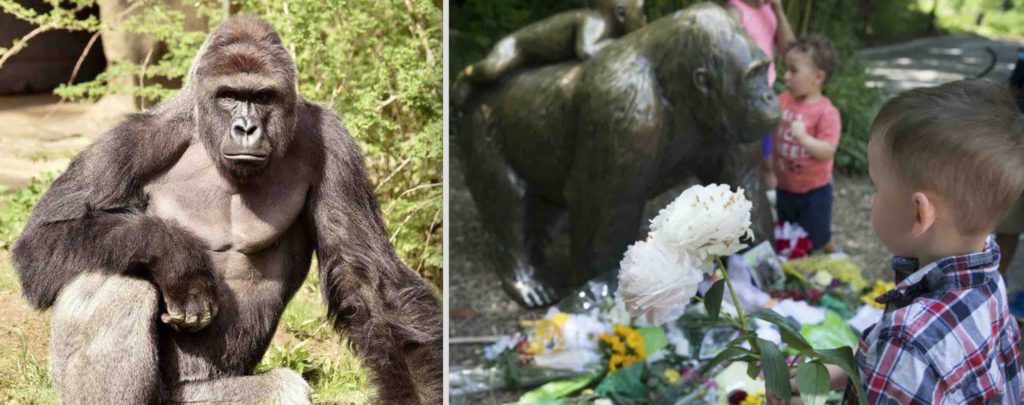

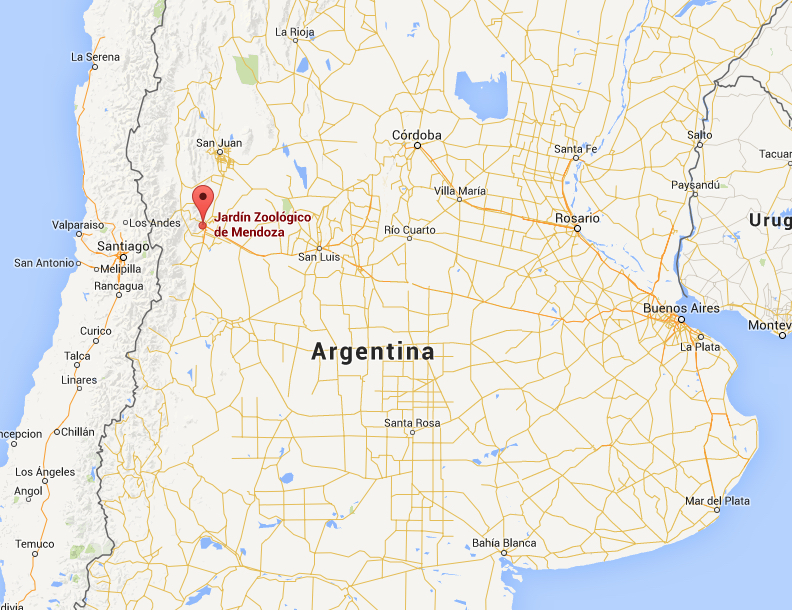
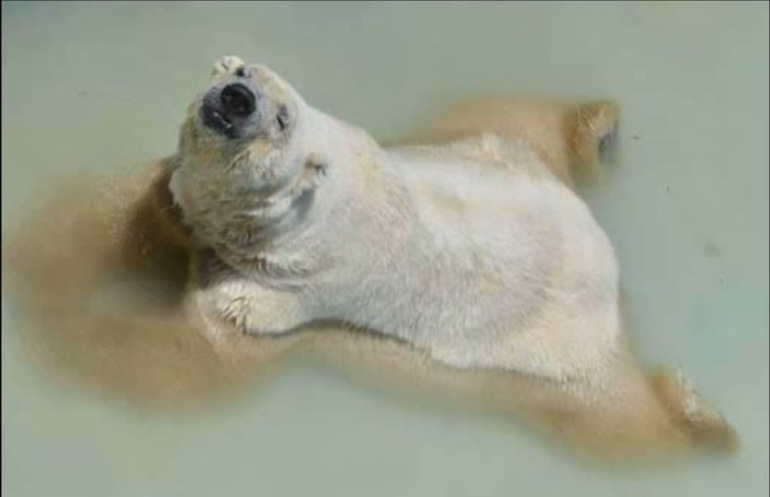
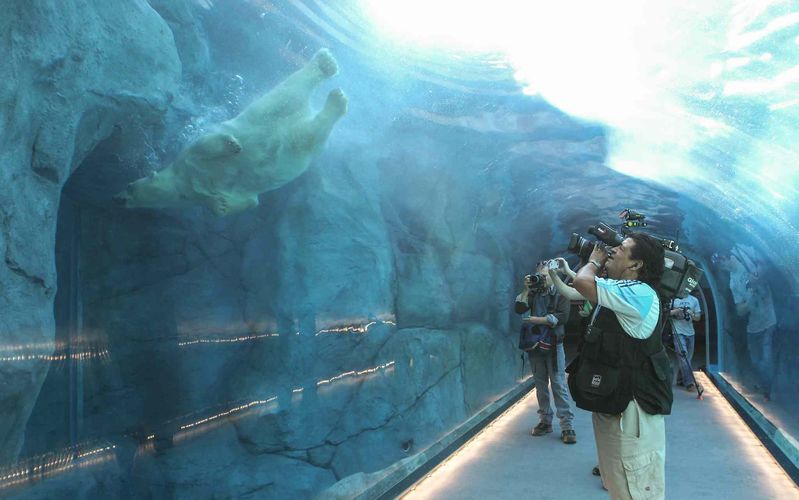


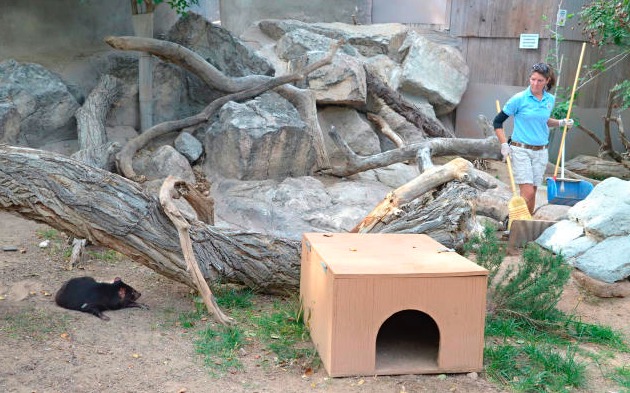
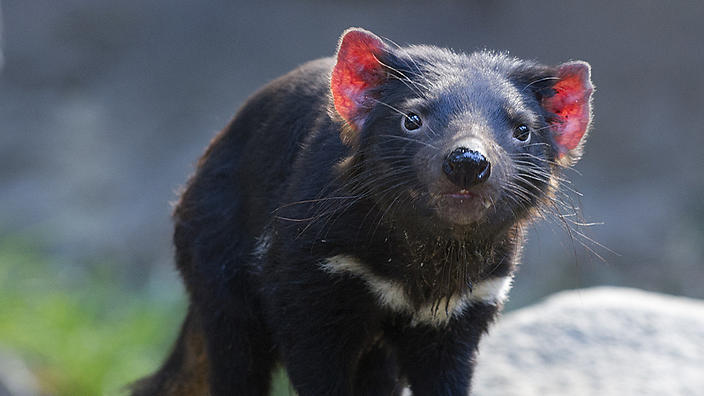
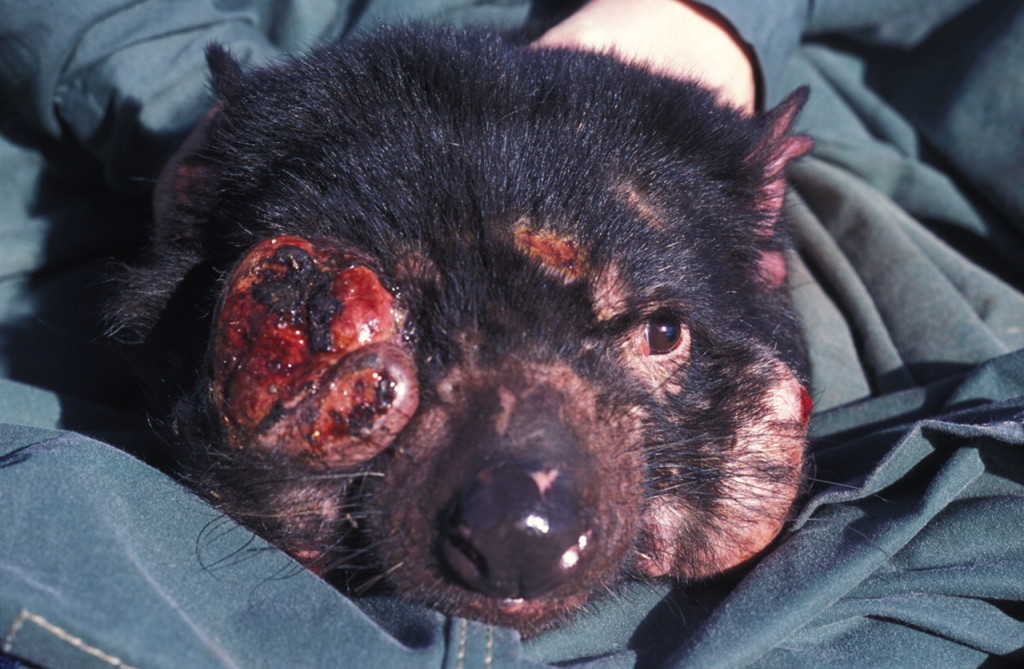
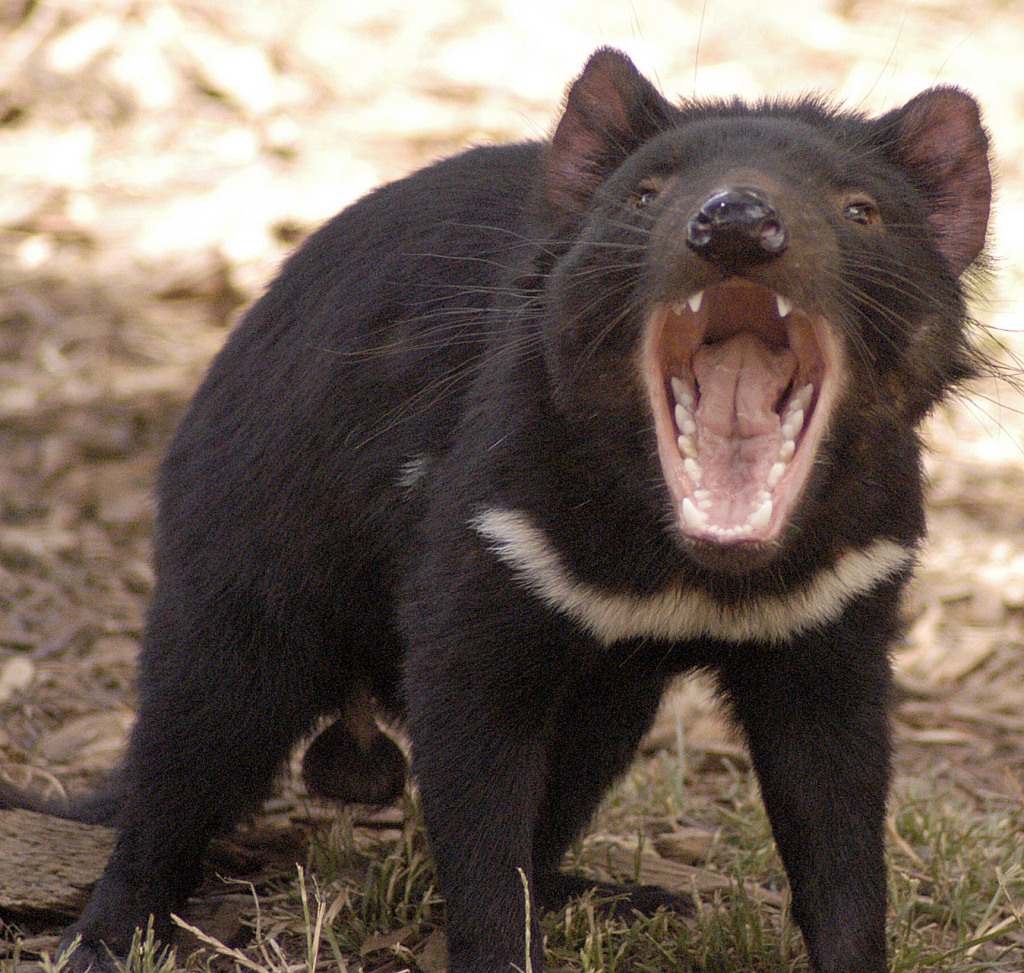
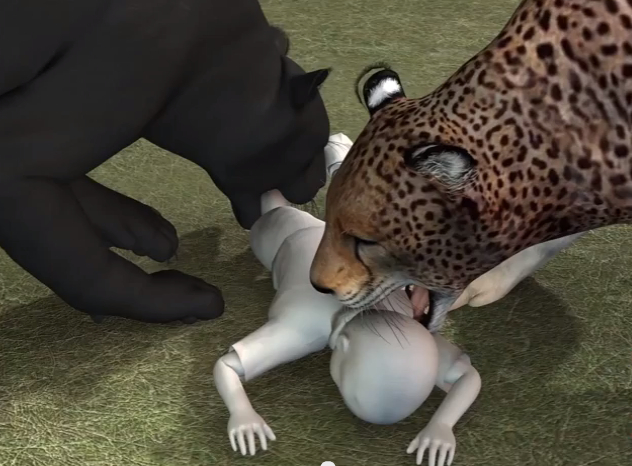

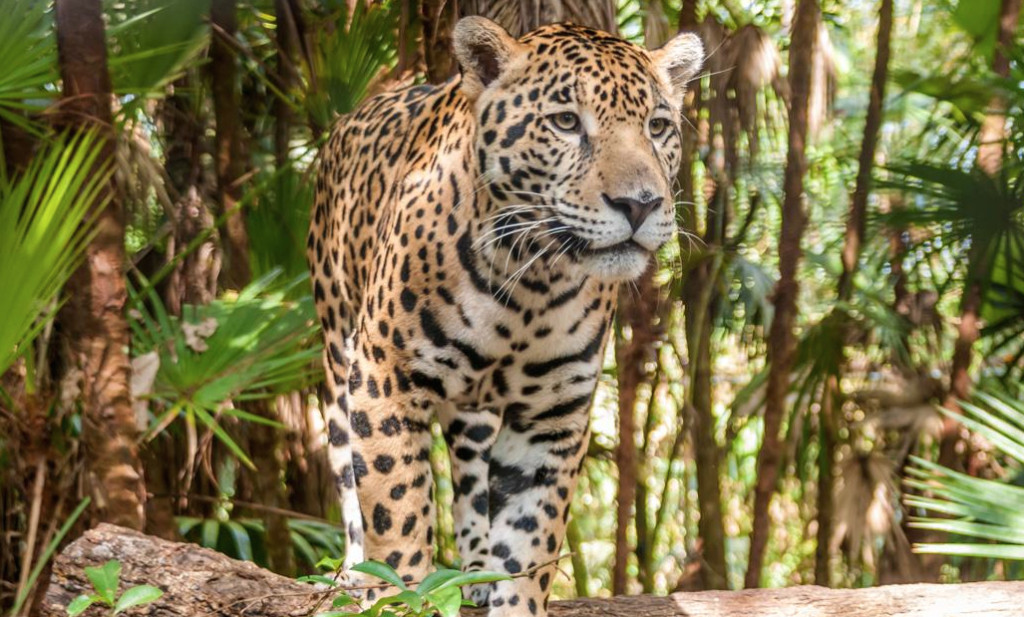
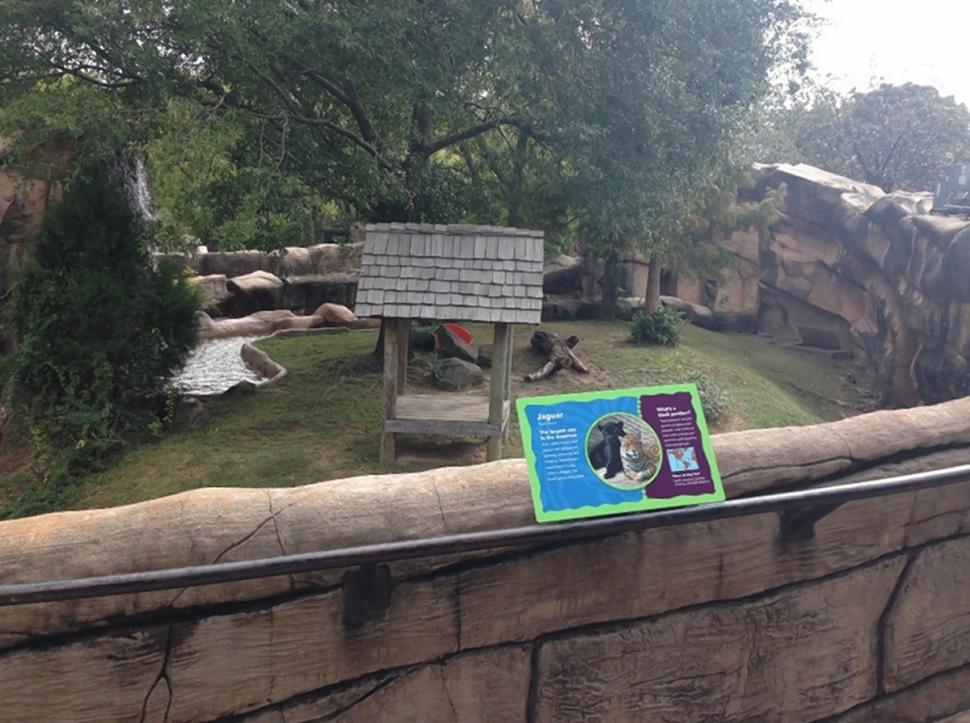
Follow Their Turn